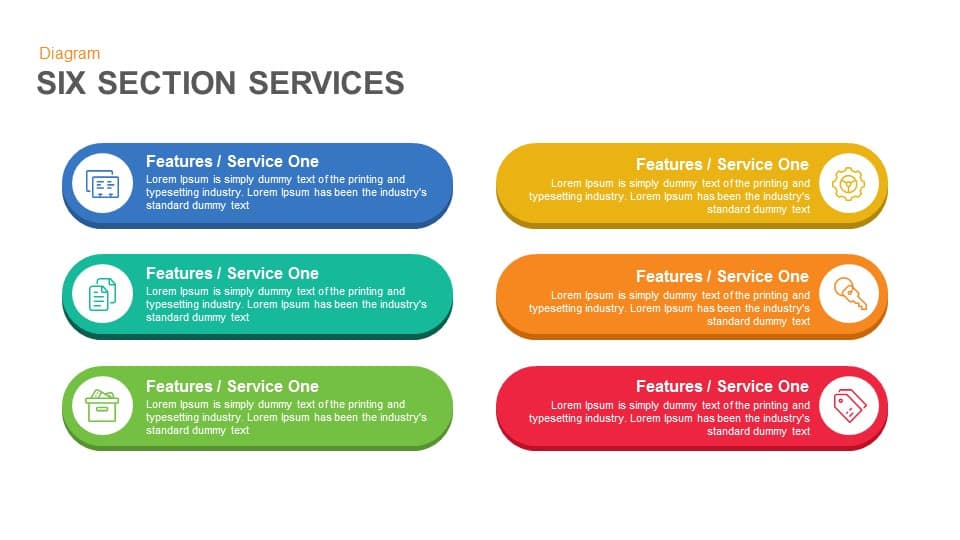Inside
| Updates
| News
|
The ArchiMate® Modeling Language for Enterprise Architecture: Past, Present, and Future
Keynote has features like wireframing, multiple slide masters, styles, grouping, animation and UI narratives. With all those input's keynote has got its market share well within reach; its counterpart from Microsoft (Powerpoint) has installed many of the features from keynote. Theme C: Humbling and Overthrow of the Pagan King (Daniel 4) Theme C Revisited: Humbling and Overthrow of the Pagan King (Daniel 5) Theme B Revisited: Sufferings, Yet Rewards, for Faithful Witnesses to God in the Meantime (Daniel 6) Theme A Revisited: God will Overthrow Pagan Kingdoms & Replace Them with His Own Kingdom (Daniel 7) Conclusion to.
Marc Lankhorst, BiZZdesign
Tuesday 6 October 14:00-14:45
In this presentation, Marc Lankhorst, who has led the team that developed the ArchiMate language since the first ideas in 2002, will discuss the history and evolution of the ArchiMate modeling language for enterprise architecture. It started out in 2002 as an applied R&D project in the Netherlands, with partners from both industry and academia. Since 2009 it is an Open Group standard, now in version 3.1. Over the years, ArchiMate has evolved into the leading enterprise architecture modeling method, with many thousands of users. In his presentation, Marc will discuss the key principles behind the design of the language that have been upheld over the course of its evolution. He will explain how the language structure was inspired by natural language, and how it evolved to cover all aspects that an enterprise architecture typically covers. Ruby slippers slot machine online. Finally, he will offer his personal thoughts on possible future directions for its further development. Marc will finish his presentation with an interactive Q&A session.
Why Process will be the Hottest Topic in Enterprise Computing in the 2020ies
https://bestnfil148.weebly.com/blog/super-cherry-slot. Gero Decker, Signavio
Themes For Keynote 4 6.0
Tuesday 6 October 10:00-10:45
Keynote Themes Free
As the world is slowly recovering from the Covid-19 pandemic, many organizations are looking at the next normal, the trends and shifts that will dominate the new decade. And two things are already for sure. Customer demands will change dramatically and digital will finally take a prime seat on companies' agendas. What does that mean for enterprise computing? What are the 'first class citizens' we will most focus on? What are the techniques required to thrive in this new world? Spoiler alert: The notion of process, one of the key themes also for the EDOC conference series, will have a major role to play. Listen in to learn why.
Modeling Language Engineering 4.0: From Design-Time to Runtime and Back Again
Manuel Wimmer, Johannes Kepler Universität Free play no deposit. Bravado online betting.
Wednesday 7 October 10:00-10:45

Modeling languages started as key elements for sketching and documenting software-intensive systems. Today, we often recognize a discrepancy between design models concentrating on the desired behaviour of a system and its real world correspondents reflecting deviations taking place at runtime. In order to close this gap, design models must not be static elements, but evolutionary ones. However, this requires a new generation of modeling languages equipped with an explicit runtime perspective incorporating operational data. Efficiently developing such modeling languages with novel language engineering methods is our quest in the research laboratory CDL-MINT (https://cdl-mint.se.jku.at). In particular, we focus the model-driven continuous evolution of Industry 4.0 systems based on operational data gathered and analysed at runtime. In my talk, I will present some initial results of this project, in particular a novel language engineering method for linking design models with operational data. I will also elaborate on the proposed technologies for the respective architectural layers for realizing such modeling languages and identify the research challenges ahead.
